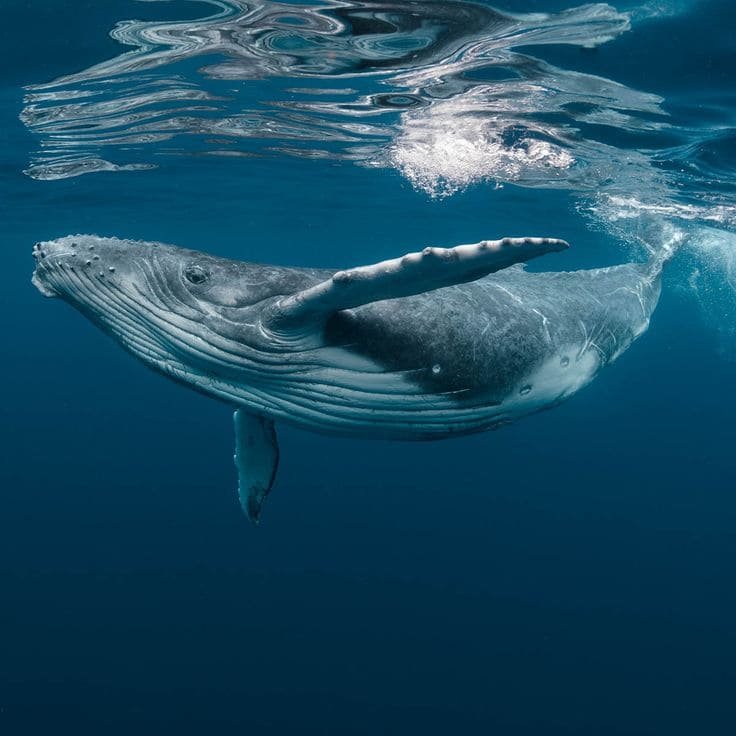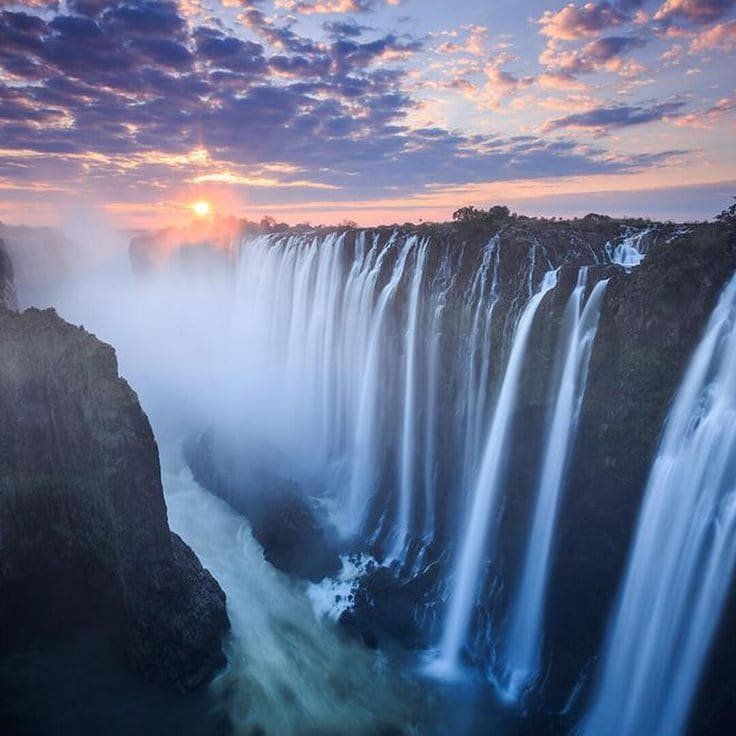In a world full of marvels, some stand out due to their sheer size, capturing our imagination and inspiring awe. From natural wonders to human-made creations, the largest entities in various categories offer fascinating insights into the extremes of our planet. Let’s embark on a journey to explore the twenty largest things across different domains, from rivers and animals to countries and more.
Table of Contents
1. River: The Amazon River
The Amazon River in South America is the largest river by discharge volume of water. It flows through dense rainforests, spanning over 4,000 miles, and is home to an incredible diversity of wildlife, including piranhas and pink river dolphins.
2. Animal: The Blue Whale

The blue whale holds the title for the largest animal ever known to have lived on Earth. These gentle giants can reach lengths of up to 100 feet and weigh as much as 200 tons, consuming vast amounts of krill to sustain their massive size.
3. Sea: The Philippine Sea
Covering approximately 5 million square kilometers, the Philippine Sea is the largest sea in the world. It is a vital part of the Pacific Ocean and is bordered by several countries, including the Philippines, Japan, and Taiwan.
4. Country: Russia
Russia is the largest country by land area, spanning 11 time zones and covering more than 17 million square kilometers. Its vast landscapes include everything from tundra and forests to mountains and rivers.
5. Desert: The Antarctic Desert
Though often associated with heat, the largest desert on Earth is the Antarctic Desert. Covering about 14 million square kilometers, this cold desert is characterized by its ice-covered expanse, harsh winds, and unique wildlife like penguins.
6. Island: Greenland
Greenland, an autonomous territory within the Kingdom of Denmark, is the largest island in the world that is not a continent. With an area of over 2 million square kilometers, it is mostly covered by ice and has a small population spread along its coast.
7. Building: Burj Khalifa
Standing at a staggering 828 meters, the Burj Khalifa in Dubai is the tallest building in the world. This architectural marvel contains residential spaces, offices, and the world’s highest observation deck.
8. Ocean: The Pacific Ocean
The Pacific Ocean is the largest and deepest ocean, covering more than 63 million square kilometers and reaching depths of over 36,000 feet in the Mariana Trench. It plays a crucial role in global weather patterns and marine biodiversity.
9. Tree: The General Sherman Tree
Located in California’s Sequoia National Park, the General Sherman Tree is the largest tree by volume. This giant sequoia stands 275 feet tall and is estimated to be over 2,000 years old.
10. Lake: The Caspian Sea
Although called a sea, the Caspian Sea is the world’s largest lake by surface area, covering about 371,000 square kilometers. It is bordered by five countries and is rich in oil and natural gas resources.
11. Volcano: Mauna Loa
Mauna Loa in Hawaii is the largest volcano on Earth in terms of volume and area covered. Rising over 13,000 feet above sea level, it has erupted 33 times since its first well-documented eruption in 1843.
12. Glacier: Lambert Glacier
Located in Antarctica, Lambert Glacier is the world’s largest glacier. It stretches over 400 kilometers and is up to 2.5 kilometers thick in some places, holding a significant portion of the world’s freshwater ice.
13. Stadium: Rungrado 1st of May Stadium
The Rungrado 1st of May Stadium in Pyongyang, North Korea, is the largest stadium in the world by capacity, able to hold 114,000 spectators. It hosts various sports events, performances, and mass games.
14. Forest: The Amazon Rainforest
The Amazon Rainforest is the largest tropical rainforest, covering about 5.5 million square kilometers. It is often referred to as the “lungs of the Earth” due to its vast capacity for carbon dioxide absorption and oxygen production.
15. Waterfall: Victoria Falls

Victoria Falls, located on the border of Zambia and Zimbabwe, is the largest waterfall in the world by combined width and height. Its impressive curtain of water spans over a kilometer and drops about 108 meters.
16. Canyon: The Grand Canyon
The Grand Canyon in Arizona, USA, is the largest canyon by length, stretching about 446 kilometers. Its immense size and intricate layers of red rock reveal millions of years of geological history.
17. Bridge: Danyang–Kunshan Grand Bridge
The Danyang–Kunshan Grand Bridge in China is the longest bridge in the world, extending 164.8 kilometers. This engineering marvel is part of the Beijing-Shanghai High-Speed Railway.
18. Coral Reef: The Great Barrier Reef
The Great Barrier Reef in Australia is the largest coral reef system, stretching over 2,300 kilometers. It is composed of thousands of individual reefs and islands, harboring an incredible variety of marine life.
19. Dam: Three Gorges Dam
The Three Gorges Dam on the Yangtze River in China is the largest hydroelectric dam in the world by installed capacity. It plays a significant role in flood control, electricity generation, and navigation.
20. Airport: King Fahd International Airport
King Fahd International Airport in Dammam, Saudi Arabia, is the largest airport by land area, covering about 780 square kilometers. It serves as a major gateway for international travelers to the region.
21. Religious Building: Angkor Wat
Angkor Wat in Cambodia is the largest religious monument in the world, covering 162.6 hectares. Originally built as a Hindu temple dedicated to Vishnu, it gradually transformed into a Buddhist temple by the end of the 12th century.
22. Cave: Son Doong Cave
Son Doong Cave in Vietnam is the largest cave in the world by volume. It stretches over 5.5 miles long, 650 feet high, and 500 feet wide. The cave has its own ecosystem, complete with rivers, jungles, and even weather systems.
23. Castle: Malbork Castle
Located in Poland, Malbork Castle is the largest castle in the world by land area. This medieval fortress, built by the Teutonic Knights, covers an area of 143,591 square meters and is a UNESCO World Heritage site.
24. Telescope: FAST (Five-hundred-meter Aperture Spherical Telescope)
Located in China, FAST is the world’s largest filled-aperture radio telescope with a diameter of 500 meters. It is used to study the universe’s mysteries, from detecting gravitational waves to searching for extraterrestrial life.

25. Flower: Rafflesia arnoldii
Rafflesia arnoldii, found in the rainforests of Indonesia, produces the largest single flower in the world. This rare bloom can grow up to 3 feet in diameter and weigh up to 15 pounds. It is known for its strong, unpleasant odor.
Conclusion
The exploration of the world’s largest wonders continues to illustrate the extraordinary diversity and grandeur that our planet holds. Each of these largest entities, whether natural or man-made, adds a unique facet to the mosaic of Earth’s vast and varied landscape. They are not just records of size but symbols of the complexity and beauty of our world. As we explore at these giants, it’s crucial to remember our role in preserving these wonders, ensuring that they remain a source of inspiration and awe for generations to come.
